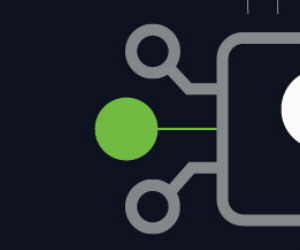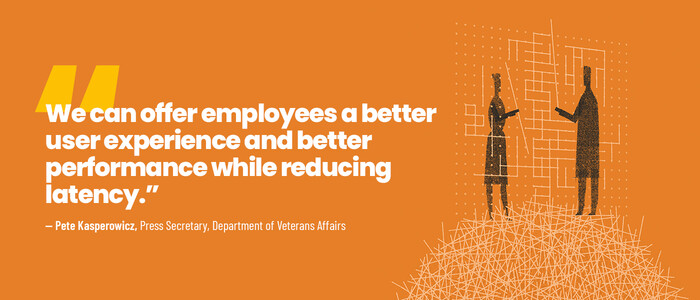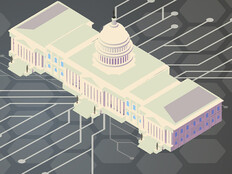It helps here to understand the relationship between SASE and software-defined WAN.
“We used to install systems in server rooms or in data centers. Now we set them up in the cloud — web servers, database servers, AI. Even the network infrastructure is now controlled up in the cloud,” says James Stanger, chief technology evangelist at CompTIA.
In this environment, zero trust requires constant networking monitoring, “but you can’t have constant monitoring unless you have networks that you can control in a very centralized way, where you can focus on identity,” he says.
“SD-WAN sits on top of existing wide area network infrastructure, and it basically says, we don’t care about the hardware and the software anymore. We decouple it,” Stanger says. “It offers centralized control and multiple transport options.”
In this regard, he says, “SD-WAN is a core component of SASE. It’s the underlying technology. You can’t have SASE unless you first implement SD-WAN.”
DISCOVER: Observability platforms are more than just tools for government.
‘Paying for Itself’
At the Department of Justice, systems are packed with personally identifiable information, and department employees “may transmit information about non-DOJ users via this system, such as during civil or criminal litigation,” a DOJ privacy impact statement reports.
That PII “includes DOJ user contact information, email messages … instant messages, and audit log information,” DOJ notes, adding that information “is transmitted to and from the system through Zscaler.”
In a recent Zscaler public sector conference, DOJ CISO Vu Nguyen said SASE supports the agency’s ongoing march toward zero-trust security architectures, and it will likely end up paying for itself.
“It shifts our security model from a reactive mentality to a more proactive one with continuous monitoring verification, because zero trust helps us to detect the suspicious activity as it’s happening,” Nguyen said. “And on top of that, it helps us to contain it and respond to it before it can cause significant damage.”
Along with the security benefits, he pointed to the opportunity to sharply reduce the cost of any cyberattacks on the agency’s networks.















